Jazz was originated in New Orleans during the end of the 19th and the beginning of the 20th century. It is a union of African and European music, which changed over the period of time; from Swing Rhythm to Bebop and from Ragtime to Gypsy Jazz.
A new sensation in the history of Jazz included the major contribution of musical gems Duke Ellington, Louis Armstrong, Miles Davis, and Charlie Parker.
However, all these new formations weren’t achieved in a day or two. It took a gradual change for years.
Here in this article, I have compiled the list of jazz artists who I believe to be the most influential artist in jazz history.
11. Maynard Ferguson (1928 -1928)
Ferguson moved to the United States in 1948 and started playing with bands of Charlie Barnet, Jimmy Dorsey, and Boyd Raeburn. He was nominated 3 times for the Grammy Award.
In 1952, he was on the cover of Billboard magazines in the pop instrumental category. His musical talent was exceptional.
10. Charles Mingus (1922-1979)
An innovative composer, renowned accolade distinctive performer, Charles Mingus was a bassist, bandleader and composer, who recorded more than 100 albums.
Mingus prodigious composition mostly emphasized free improvisation, complex rhythms and dissonant harmonies. Despite his popular composition, he was often criticized for erratic and violent behaviour on the stage.
Mingus was distinguished by the mental illness with severe depression issue. However, he recovered from the mental illness and came back with an award as a Guggenheim Fellowship for composition in 1971.
9. John Coltrane (1926 -1967)
John Coltrane is the most iconic and controversial figure in jazz history. Widely known as a saxophonist, bandleader and composer, Coltrane is a musical virtuoso that had developed an ability to play several notes at once. Later, it eventually entitles his “sheet of sound”. Coltraine’s extreme intensity sound, the smooth melodic sound was highly recognized and influence the musicians years to come.
During his career, Coltrane had produced 50 albums. He was awarded the Grammy lifetime achievement award and best solo performance awards. He had played with several renowned musicians in his career including Miles Davis. However, due to his heroin addiction, Coltrane had difficulty to pursue his career with Davis. In 1957 Davis fired Coltrane. He managed to get sober, Coltrane played for six months with Thelonious Mon and then peruse the solo career.
8. Count Basie (1904- 1984)
Count Basie was one of the musicians, who was introduced to music by their parents. He was first introduced to the piano by her mother Lillian, who was the pianist. Basie started performing in his teens and later became the renowned Jazz pianist, bandleader, organist and composer. He dropped out of high school to peruse his career in music. Basie started as an accompaniment for silent films at a local movie theatre in his hometown New Jersey but later moved to New york. Basie was influenced by musicians like Fats Waller, James P. Johnson. In 1924, he went to Harlem and toured with groups in the major cities of Kansas, Chicago and St. Louis. He also played with a band name Bennie Moten’s in Kansas city until 1935.
Prior to World War II Basie’s band was an exception, who was pretentiously accoladed in the racism society. Basie’s group arrangement was always without proper planning and Rehearsal. Their songs were often an emphasis on the solo and the arrangement was on the standard tune.
7. Mary Lou Williams (1910 – 1981 )
Mary Lou Williams was one of the greatest female musicians in the history of jazz, who had substantially contributed in the first three decades of jazz. Often known as Pianist, arranger, and composer, Mary Lou Williams started her career in her early 20’s. Her music was highly influenced by swing, bebop and sacred.
Williams was the first pianist who had played simultaneously blues, stride, boogie, swing and be-bop. She also wrote a religious composition
6. Billie Holiday (1915-1959)
Often Known as “Lady Day” by her friend and music partner, Billie Holiday, pioneered the new distinguished way to manipulate phrasing and tempo in her modulated vocal style. Inspired by Louis Armstrong and the late Bessie Smith, Holiday was probably the first popular jazz singer to move the audience. She produced outstanding hit like Gloomy Sunday, All of me, Strange Fruit, and Summertime in her career.
5. Benny Goodman (1909 – 1986)
Benny Goodman was the clarinettist composer, known as the “king of swing”. He dropped out of school at the age of 14 to join the American Federation of Musicians. Goodman popularity started to rise in the 1930s, producing several hits such as “You Turned the Tables on Me”, and Goody-Goody”. Goodman’s Orchestra was one of the first to perform jazz at New York city’s famed Carnegie Hall in 1938
4. Duke Ellington ( 1899 – 1974)
Duke Ellington was a magnificent composer, bandleader, pianist and Jazz orchestras, who redefined the various form of Jazz music. He started playing music professionally at the age of 28. Ellington started his music career with the piano at the age of seven. He was widely influenced by stride pianists like Fats Waller, James P. Johnson and Willie “the Lion” Smith. In 1923, he moved to New York and formed his own band named Washingtonians.
The band aggressively produced several hits such as Bugle Call Rag, Down in our Alley Blues. He later formed an Orchestra group, which by 1930 had 12 musicians and had to achieve prominence. Ellington continued his orchestras and expanded his composition career throughout his lifetime.
3. Miles Davis (1926 – 1991)
Miles Davis is considered the most influential jazz musician of the 20th century. He was endorsed into the hall of fame in 2006
In September 1944, Davis moved to New York, to study at the Institute of Musical Art. He then made a major twist in his career by joining his idol, Parker, for recording and live sessions.
Apart from that he also played in other bands and tours with big bands led by Benny Carter and Billy Eckstine.
He also formed and begun to lead his own bop group from the year 1948. He then recorded a series of albums with arranger Gil Evans.
In 1949, he performed with Sony Rollins, Tadd Dameron and Art Blakey. Heroin addiction is fragmentary. interrupted his career between 1949 to 1953.
Davis was the conceiver of his time that has a versatile taste in music. He led and structured the emerging hard bop, free jazz, be-bop, cool jazz funk and techno music.
2. Charlie Parker (1920 – 1955)
Charlie Parker was the greatest saxophonist in jazz history, whose contribution along with Dizzy Gillespie leads to the development of the bebop.
Parker was
Parker collaborated the interpolation of original melodies into the existing form of jazz, known as contrafact, which is still common in jazz today.
He was one of the few, who used triplets and pick-up notes in an unorthodox way to lead into chord tones. It created the concept of using a
1. Louis Armstrong (1901 – 1971)
The pioneer, father, and the most influential artist in jazz history, Louis Armstrong is the first jazz musicians to implement his own style into the solo turns.
He was a competent trumpeter, bandleader, singer, soloist, film star and comedian, influenced by the leading cornet player of New Orleans Joe “King” Olive. Armstrong dynamic vocal range, sense of rhythm and timing redefined jazz music and the way cornet was played.
Without any formal training, Armstrong develops his own style, influenced by the leading jazz artist of the time Bunk Johnson, Kid Ory, Buddy Petit.
Armstrong could read music
During his career, Armstrong produces a notable hit -Potato Head Blues’, ‘Muggles’, ‘West End Blues’, which was a standard for the jazz years to come. By 1929, he was recognized as a renowned musician. His compiling swing, melodies solo design trumpet, sense of harmonies inspired the musician of the generation, years to come
Conclusion
Jazz music had influenced American culture. It was highly associated with social, cultural, economical aspects in America during the 20th century. The contribution of all the jazz musicians had coined the period of jazz in American history as the “Jazz Age”. Several Sub-genre of jazz was introduced by this remarkable artist, which influenced the musicians years to come.

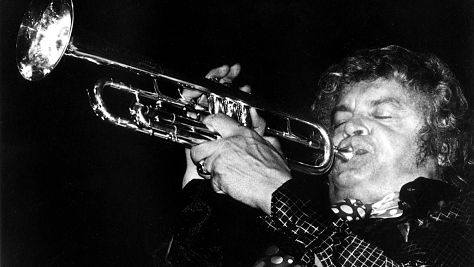

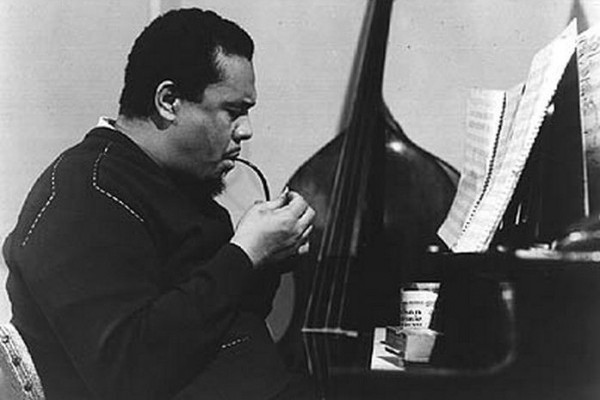
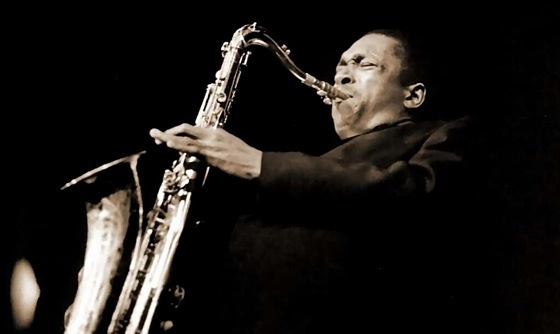
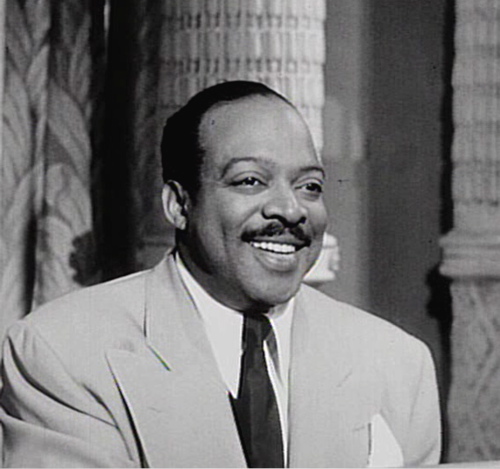
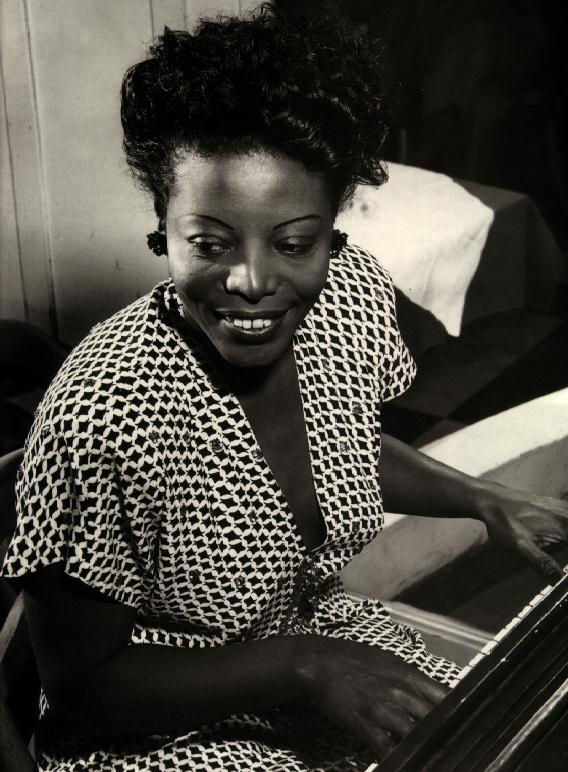

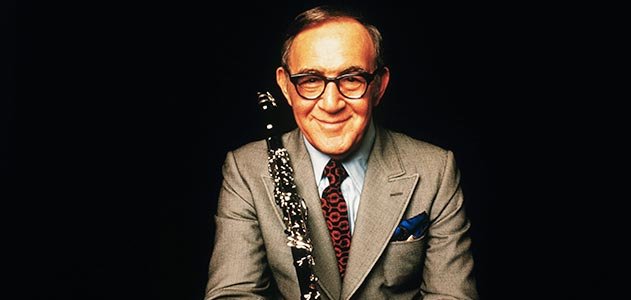
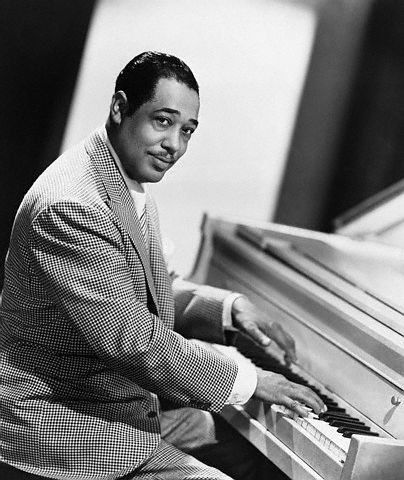
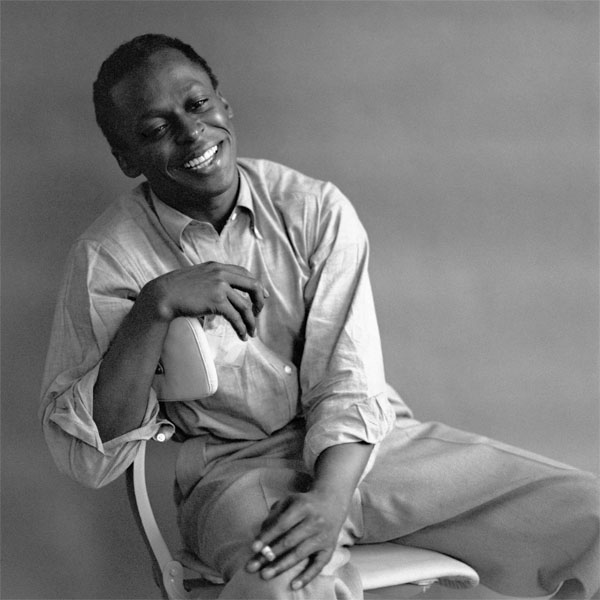
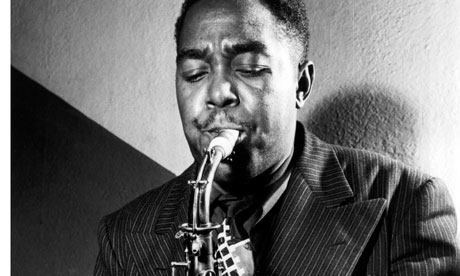
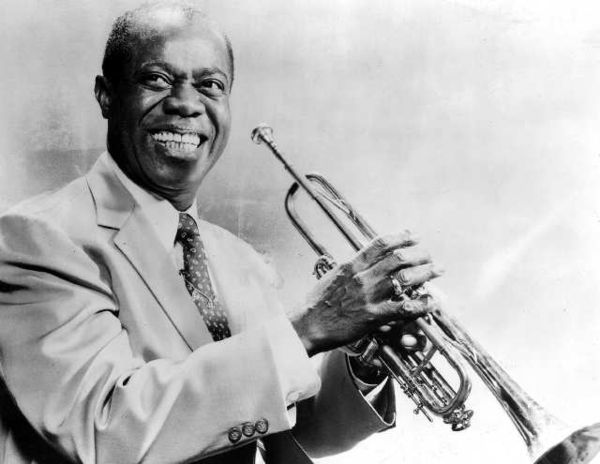
Many left out. Art Tatum should head the list.
I’m surprised Dizzy Gillespie wasn’t included in most influential jazz musicians